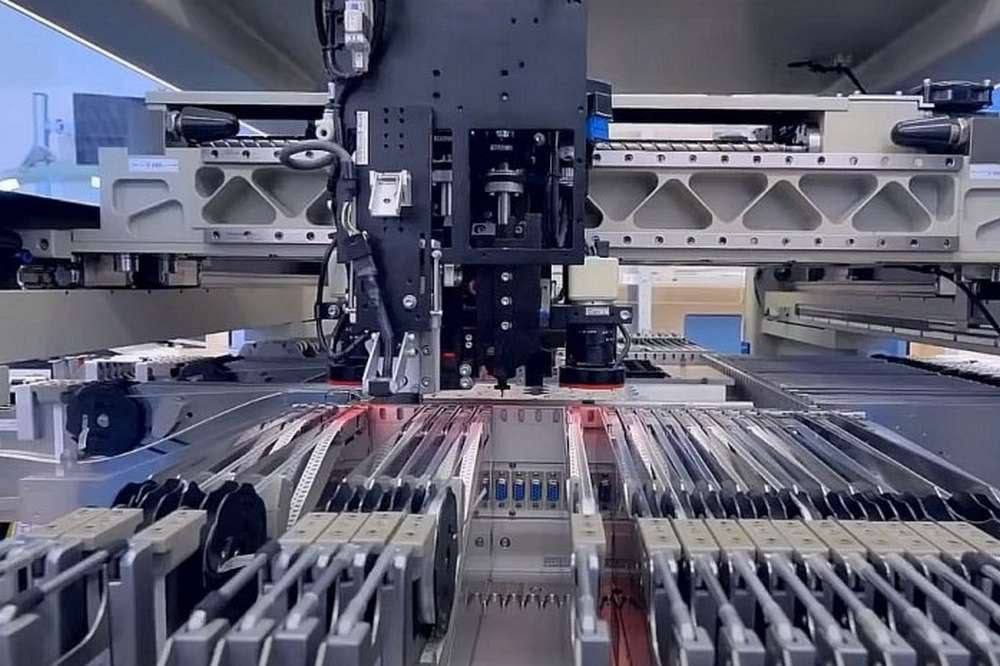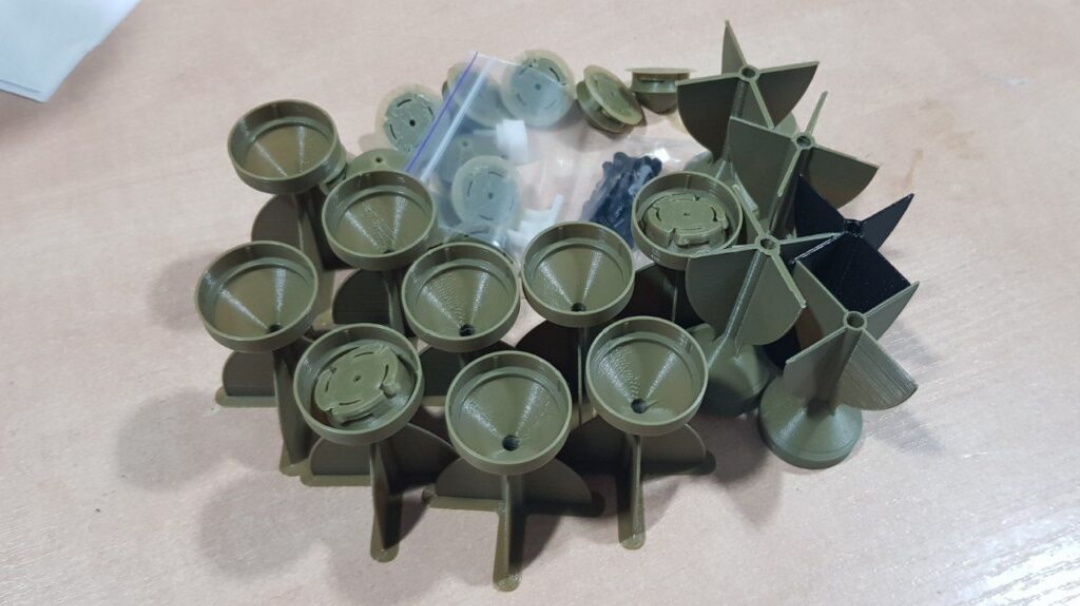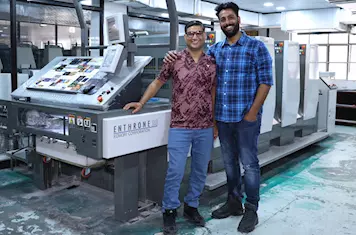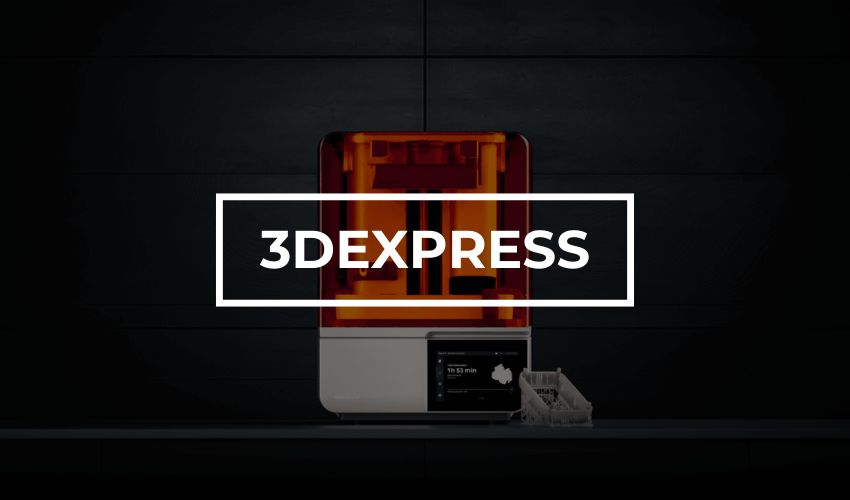US Delivers Industrial-Size 3D Printers To Ukraine; Can Print Crucial Military Parts That Are Difficult To Obtain
Ukraine recently acquired advanced industrial-level 3-D printers from United States. This allows them to produce vital spare parts of military equipment.
William LaPlant (US Under Secretary of Defense, Procurement and Maintenance) announced the delivery in August. He said that Ukrainians had just completed the training to operate these printers last week.
During a speech at the Center for a New American Security, LaPlant stated, “Finally, last month we delivered these industrial 3D printers to them in Ukraine, and last week their training on working with this printer was completed.”
A 3D printer the size of a truck was also mentioned by the official. The massive printer enables Ukraine to produce all parts required for different military applications. This increases its operational capability and self-sufficiency.
LaPlante said that 3D printers are game changers for the Ukrainian side, because they speed up the restoration of damaged equipment on the front lines and open new possibilities.

The official said that 3D printers are capable of producing parts in a way that would be difficult or impossible to produce using traditional methods under normal conditions. The technology allows for the production of parts that are difficult to make using conventional methods.
He said that after the Russian invasion began, Ukrainian experts took matters into their hands and began 3D printing parts without the necessary authorizations or technical data packages.
The official remarked that in times of an existential threat to one’s country, concerns about intellectual property laws tend to take a backseat.
He also added that efforts had been made to rectify the situation, working with other countries. This has ensured that Ukrainians have all the necessary technical data packages they need for 3D printing.
This action was intended to provide them with resources necessary to meet the challenges presented by the conflict as well as support their defence efforts effectively.
The US official, however, did not give any specific information regarding the number printers that were sent to Ukraine.
Use of 3D printers in Ukraine conflict
The advantages of 3D-printing technology are evident in the current war due to its adaptability and rapid production capabilities. These benefits reduce the logistical complexity of transporting vital resources to the frontlines.
Most 3D Printers are compact, and can be easily installed in underground bunkers.
In addition, 3D printing’s inherent capabilities offer a significant strategic advantage. This technology allows for the mass production of critical components in multiple locations simultaneously.
After the Russian invasion of February 2022, Ukrainian soldiers showed their resourcefulness when they incorporated ammunition made with 3D printers. These printers are also used to make components like plastic shanks that can be modified to fit into drones and other devices.
As previously highlighted by The Economist, Ukraine has turned to “candy bombs” as a response to shortages in weapons and ammunition. The publication spoke to a number of amateur groups involved in the unconventional effort.

A group of experts in 3D printed bombs produced over 30,000 of them within just four months. The leader of that group, identified as “Swat,” emphasized that production is continuously on the rise.
A group of casing makers for 800-gram antipersonnel weapons also revealed that they produce 1,000 each week. This group is aiming to reach an ambitious daily production of 1,500 casings. The 3D-printed casings will be filled with C4 explosives.
3D-printed objects like these are not without their drawbacks. One of the most notable is that they often depend on plastics for their composition. This can lead to durability issues.
A higher price is possible due to the fact that these products are not mass-produced like conventional factory-made goods.
These drawbacks are minor in comparison to the many benefits that they can bring.
In a situation of conflict, the benefits of rapid production, adaptability and the ability to produce essential items locally are often more important than concerns about durability and costs.


